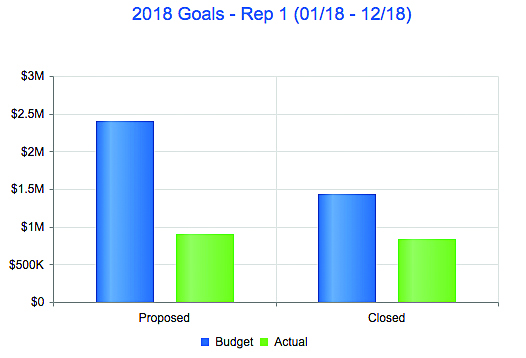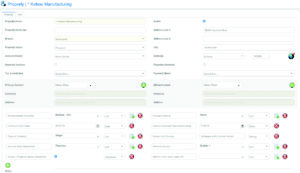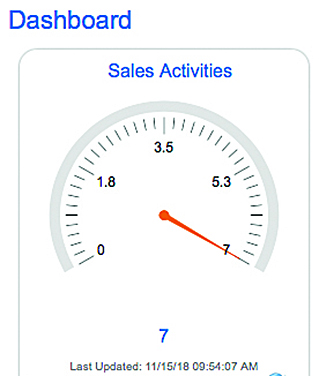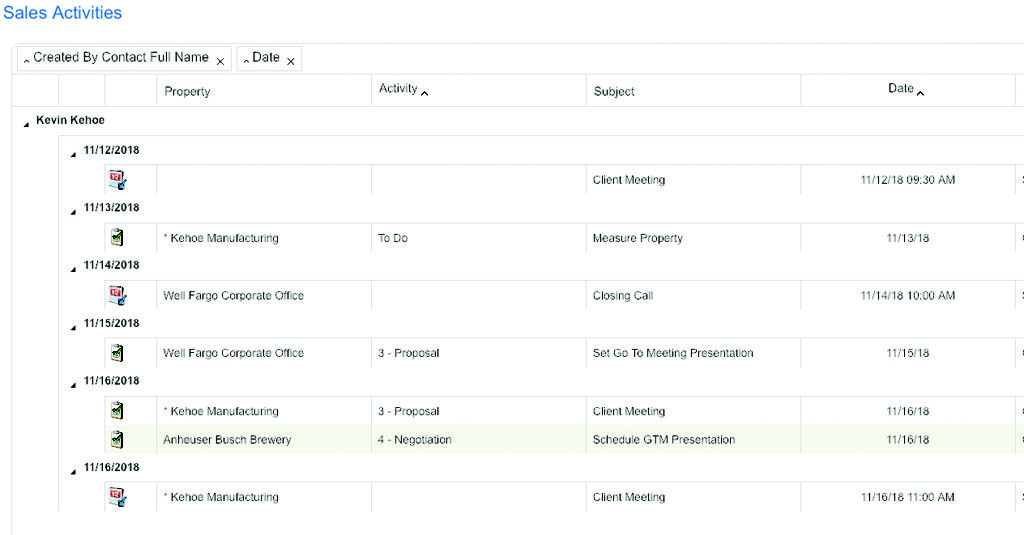Make no mistake, sales is hard work. The thrill of victory is tempered by long stretches of disappointment. It’s the nature of the game. Yet, the best salespeople succeed because they marry technology to “the method.” A few years ago, I wrote a column about the method. In brief, here it is: Work from a list, grind out a daily action plan, go direct and get answers and prep for every call. The reason? The big wins result from the accumulation of small actions. And when the method is married to technology, technology becomes a force multiplier that produces big results.
Three technologies

1. Pipeline management
You must prioritize your list and goals. The list is made up of prospective properties and jobs. The goals are monthly proposal dollars and monthly closed dollars. This list is the scorecard and your pipeline. The method calls for working on high-probability properties and jobs where proposal dollars are driven by prospecting activities, and closing dollars are driven by negotiating activities. You must divide your limited time between these two. Wasting your time on low-probability properties and jobs is one way to fall behind on your scorecard, but forgetting to follow up (because you have a poor list) is the surest way to underachieve. You must work from the list every day and schedule your time.
Here’s what the pipeline report looks like:


2. Property/job information:
You must document essential information for prospecting and negotiating each property and job. This includes information about the scope of work, the primary needs and concerns and the people who make decisions. This information is then employed in your daily planning to prioritize your activities and craft your progressively more direct sales messages (why prospects should choose you and your solution). Yes, better messages and better proposals beat low prices almost every time. In addition, in a long selling cycle, without this history of messaging you will likely forget important details essential to the negotiation, and your closing rate will decline.
Here’s what property/job information looks like:


3. Activity management
You must prep an agenda for every touch so you control the call. There are only two possible objectives for every call. The first is an agreed-upon action with the prospect to advance the sales process. The second is a decision (yes or no) by the prospect. Every activity must be on your calendar. These activities include to-do’s, emails, face-to-face appointments and virtual appointments (GoToMeetings). This is the grind of the sales process. Manage your daily, weekly and monthly calendar so it reflects the necessary follow-up for every opportunity. Only by doing this will you spend time wisely and drive the pipeline to a decision.
Here’s what activity management looks like:

In summary, successful salespeople are not necessarily the most well-spoken or charismatic. More often than not, the best salespeople are the most disciplined and detail oriented. When you marry the method to technology, you will look and sound like a pro and in doing so, build that essential condition for a sale: trust.

